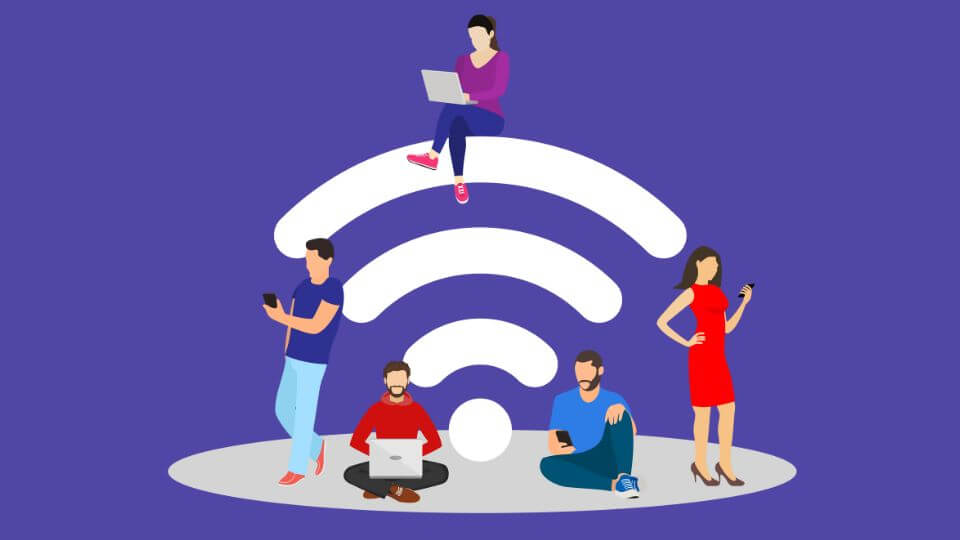Brendan Hourihane, senior director at connectivity infrastructure-as-a-service provider Freshwave explains why conference organisers must embrace mobile connectivity
Mobile connectivity is crucial for conferences, shaping visitor experiences and venue efficiency. In today’s digital age, providing robust mobile connectivity is essential.
Conference attendees expect a seamless experience, including the ability to share updates, engage with interactive features, and access digital guides. Fast and reliable mobile connectivity facilitates this, making it a key consideration for conference planning. Attendees rely on mobile networks to stay connected, and any disruption can negatively impact their experience and the venue’s reputation.
Reliable connectivity is also critical for safety. In emergencies, swift communication is vital, and a well-connected venue ensures that visitors, security personnel, and emergency services can communicate effectively. For example, during a medical emergency the ability to quickly alert and coordinate with onsite medical teams can significantly improve response times and outcomes.
Sustainable building materials, such as energy-efficient glass and thick insulating walls, are increasingly adopted by venue designers and operators. While beneficial for the environment, these materials can block signals from penetrating from the outdoor mobile network, necessitating an in-building solution for connectivity.
There are several options for bringing mobile signals indoors, depending on the venue size and the number of people that need coverage. Be wary of providers suggesting technology, such as repeaters, that merely amplify outdoor signals. This offers little control over signal quality and can be negatively impacted by changes in the outdoor environment. A reputable provider will provide a binding contract committing them to delivering connectivity from all necessary mobile operators.
Small cells, low-power wireless access points, enhance mobile network coverage and capacity. When deployed indoors, these cells provide public mobile networks inside modern buildings efficiently. They connect securely to mobile network operators’ networks, guaranteeing quality of service, unlike some other in-building connectivity technologies that rely on outdoor signals.
New technology called Omni Network allows all four mobile network operators to be provided via small cells combined in one box, reducing equipment, cabling, and installation needs. This not only minimises environmental impact but also allows for more discreet installation, preserving the venue’s aesthetics and functionality. It also gives venue managers additional insights into network use, such as data upload and download.
While small cells are ideal for targeted areas, a distributed antenna system (DAS) enhances mobile networks over large spaces where tens of thousands gather. A DAS distributes signals through a network of small antennas, ensuring consistent coverage even in the most remote corners of a conference centre. This system benefits both visitors and employees by providing strong mobile signals throughout the venue. Like small cells, DAS antennas can be positioned discreetly to maintain aesthetics and overcome signal-blocking challenges posed by materials like metal and thick glass.
Mobile connectivity plays a vital role in conference success, with both 4G and 5G indoor options available. Venue operators must prioritise robust connectivity solutions to meet modern visitors’ growing expectations. By adopting advanced technologies and balancing sustainability with connectivity needs, venues can provide exceptional experiences, ensure safety, and gain valuable insights.




















